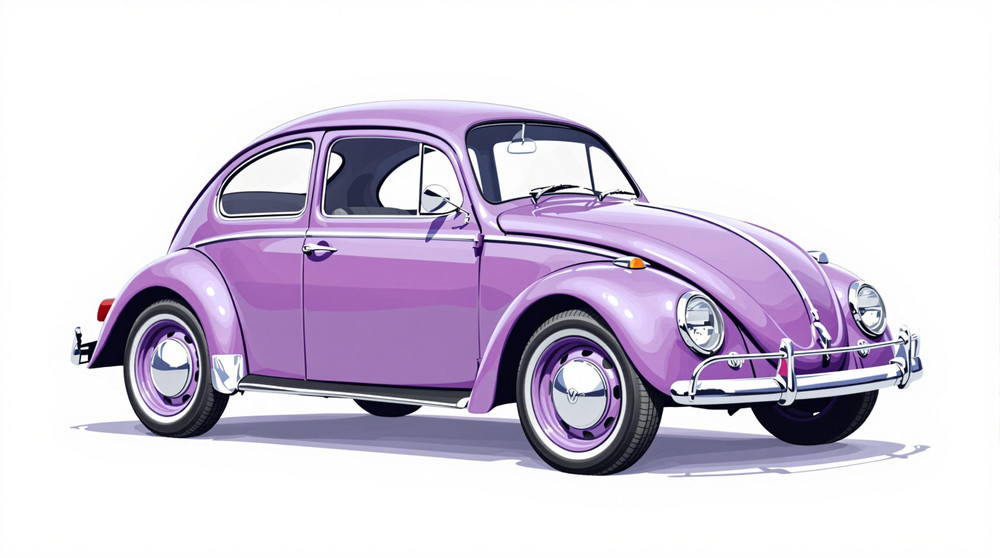Image of 1961 Volkswagen Beetle, Note: These illustrations use artistic license and may differ from actual historical models.
Performance Metrics
Fundamental Metrics
Emotional Appeal
MMP Rating
| Engine Specifications | |
|---|---|
| Engine: | Air-cooled, rear-mounted, flat four |
| Displacement: | 1192cc |
| Horsepower: | 40hp |
| Torque: | 65 lb-ft |
| Compression Ratio: | 6.6:1 |
| Ignition System: | Distributor and coil |
| Cooling System: | Air-cooled |
| Performance Specifications | |
| 0-60 Time: | 22.5 seconds |
| 1/4 Mile Time: | 22.5 seconds |
| Top Speed: | 72 mph |
| Transmission and Drive | |
| Drive Type: | Rear-wheel drive |
| Transmission Type: | 4-speed manual |
| Fuel and Efficiency | |
| Fuel System Type: | Carburetor |
| MPG: | 28-32 mpg |
| Dimensions and Brakes | |
| Brakes: | Drum brakes |
| Wheelbase: | 94.5 inches |
| Weight: | 1,675 lbs |
Note: Specifications for classic cars are given to the best of our ability, considering the limited and variant data available.
Introduction
The 1961 Volkswagen Beetle is an emblem of simplicity and charm on four wheels. Born in the tumultuous era of post-war Germany, this iconic car was crafted by the Volkswagen company, a name synonymous with reliability and practicality. The Beetle's distinctive rounded silhouette and friendly demeanor have cemented its place in the hearts of car enthusiasts and the general public alike. A notable moment in its storied history is when production numbers surpassed those of the Ford Model T, making the Beetle the most manufactured car of a single design platform worldwide.
Design and Innovation
With its unmistakable curved lines and prominent fenders, the 1961 Beetle's exterior styling is both instantly recognizable and endearingly timeless. Inside, occupants were greeted with a no-frills yet cozy interior, where quality materials were chosen for durability over luxury. The technological features were modest but effective, including a robust air-cooled rear engine that defied conventional design norms of the time. Color options ranged from vibrant hues to more subdued tones, with Sea Blue and Ruby Red being among the popular choices. The two-door sedan body style remained iconic, though convertible options added a touch of open-air freedom that was highly coveted.
Historical Significance
The Volkswagen Beetle's design philosophy broke away from the excesses of American automotive design, focusing instead on efficiency and practicality. Its rear-engine layout was unconventional but contributed to its unique handling characteristics and interior space efficiency. The Beetle's influence can be seen in countless small cars that followed, setting a precedent for compact car design that prioritized simplicity and economy.
Performance and Handling
The 1961 Beetle was never about breakneck speed; it was about dependability and ease of driving. With a top speed hovering around 68 mph and leisurely acceleration from 0-60 mph taking upwards of 30 seconds, performance was modest by today's standards. However, handling was nimble due to its lightweight construction and rear-engine configuration, which provided good traction. Drivers often speak fondly of the distinctive air-cooled engine thrum and the tactile feedback from the slender steering wheel as they navigated through city streets or cruised down country lanes.
Ownership Experience
Beetles were commonly used as daily drivers due to their reliability and low running costs. They also found niches as show cars or even in racing circuits modified for performance. Maintenance was straightforward, allowing average owners to perform repairs themselves with minimal tools or experience. This ease of upkeep contributed to the Beetle's enduring popularity.
Fun Facts
The 1961 Volkswagen Beetle has been a star on many fronts: from Herbie in "The Love Bug" film series to being owned by notable celebrities such as John Lennon. It has set records for sales longevity and has been a symbol of counterculture movements throughout history. Despite criticisms over time for its lack of power and amenities compared to modern vehicles, its charm remains undeniable.
Collector's Information
Today, the value range for a well-preserved 1961 Beetle can vary significantly based on condition, originality, and history. While exact production numbers for that year are challenging to pin down, it is estimated that hundreds of thousands were produced. In terms of collectibility, prices have generally appreciated over time as nostalgia fuels demand for these classic bugs. A well-maintained example could fetch anywhere from $15,000 to $30,000 or more on today's market.
Conclusion
The 1961 Volkswagen Beetle is not just a car; it's a cultural icon that represents an era of design ingenuity and global impact. Its legacy is one of democratizing mobility with a simple yet effective approach to automotive engineering. Whether it's remembered as a first car or dreamt about as a collector's piece, the Beetle continues to win hearts decades after it first rolled off the assembly line.
1961 Volkswagen Beetle Catalog of Parts
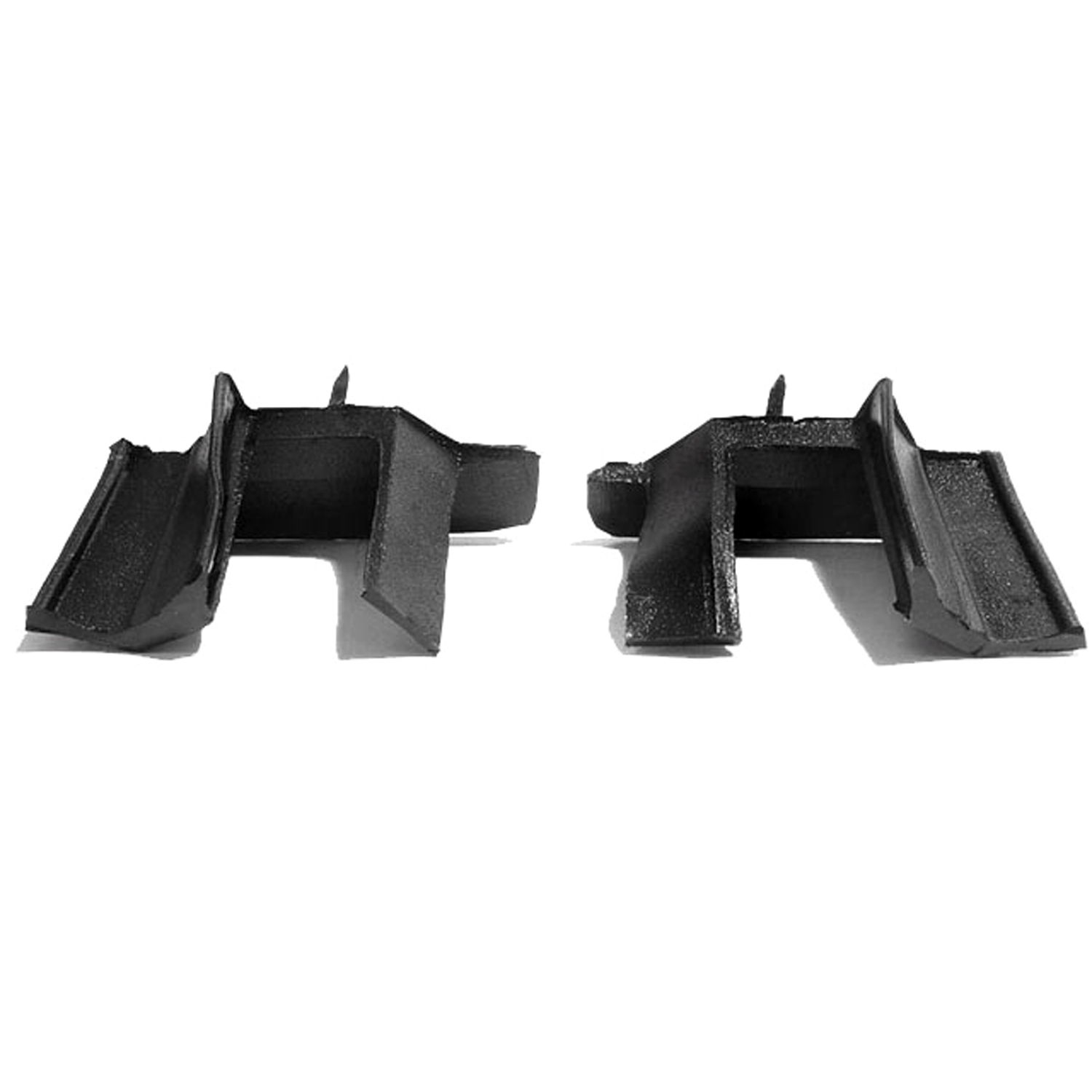 1961 Volkswagen Beetle Front Quarter Wedge Weatherseal for Convertibles-ALP 10Front Quarter Wedge Weatherseal for Convertibles. Used at back of roll-up quarter window. Pair R&L
1961 Volkswagen Beetle Front Quarter Wedge Weatherseal for Convertibles-ALP 10Front Quarter Wedge Weatherseal for Convertibles. Used at back of roll-up quarter window. Pair R&L 1961 Volkswagen Beetle Rear Door Wedge Weatherseal for convertibles-ALP 10-ARear Door Wedge Weatherseal for convertibles. Used behind back of roll-up quarter window. Pair R&L
1961 Volkswagen Beetle Rear Door Wedge Weatherseal for convertibles-ALP 10-ARear Door Wedge Weatherseal for convertibles. Used behind back of roll-up quarter window. Pair R&L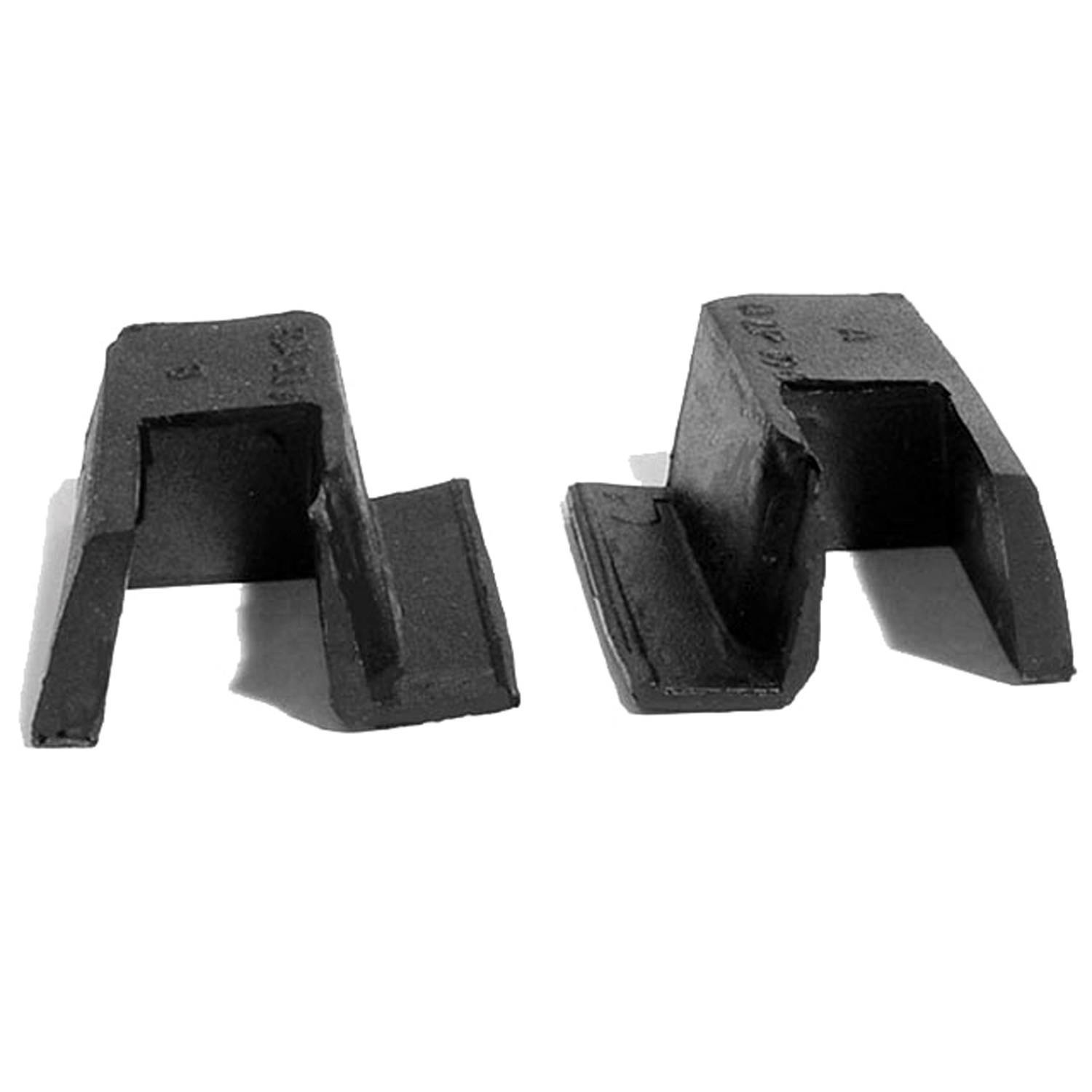 1961 Volkswagen Beetle Rear Quarter Wedge Weatherseal for Convertibles-ALP 10-BRear Quarter Wedge Weatherseal for Convertibles. Used at front of roll-up quarter window. Pair R&L
1961 Volkswagen Beetle Rear Quarter Wedge Weatherseal for Convertibles-ALP 10-BRear Quarter Wedge Weatherseal for Convertibles. Used at front of roll-up quarter window. Pair R&L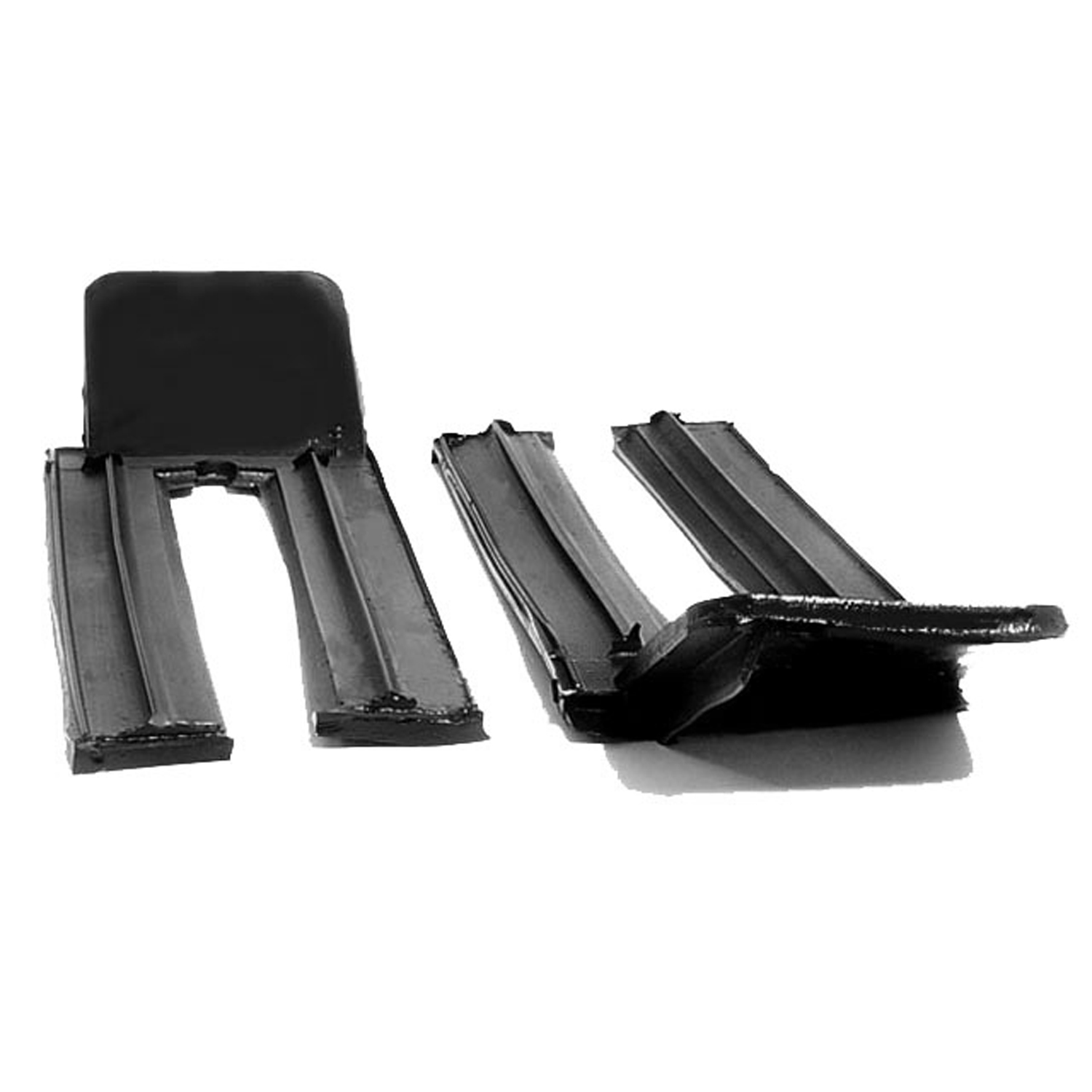 1961 Volkswagen Beetle Front Door Wedge Weatherseal for Convertibles-ALP 10-CFront Door Wedge Weatherseal for Convertibles. Used at front of vent window assembly to door. Pair R&L
1961 Volkswagen Beetle Front Door Wedge Weatherseal for Convertibles-ALP 10-CFront Door Wedge Weatherseal for Convertibles. Used at front of vent window assembly to door. Pair R&L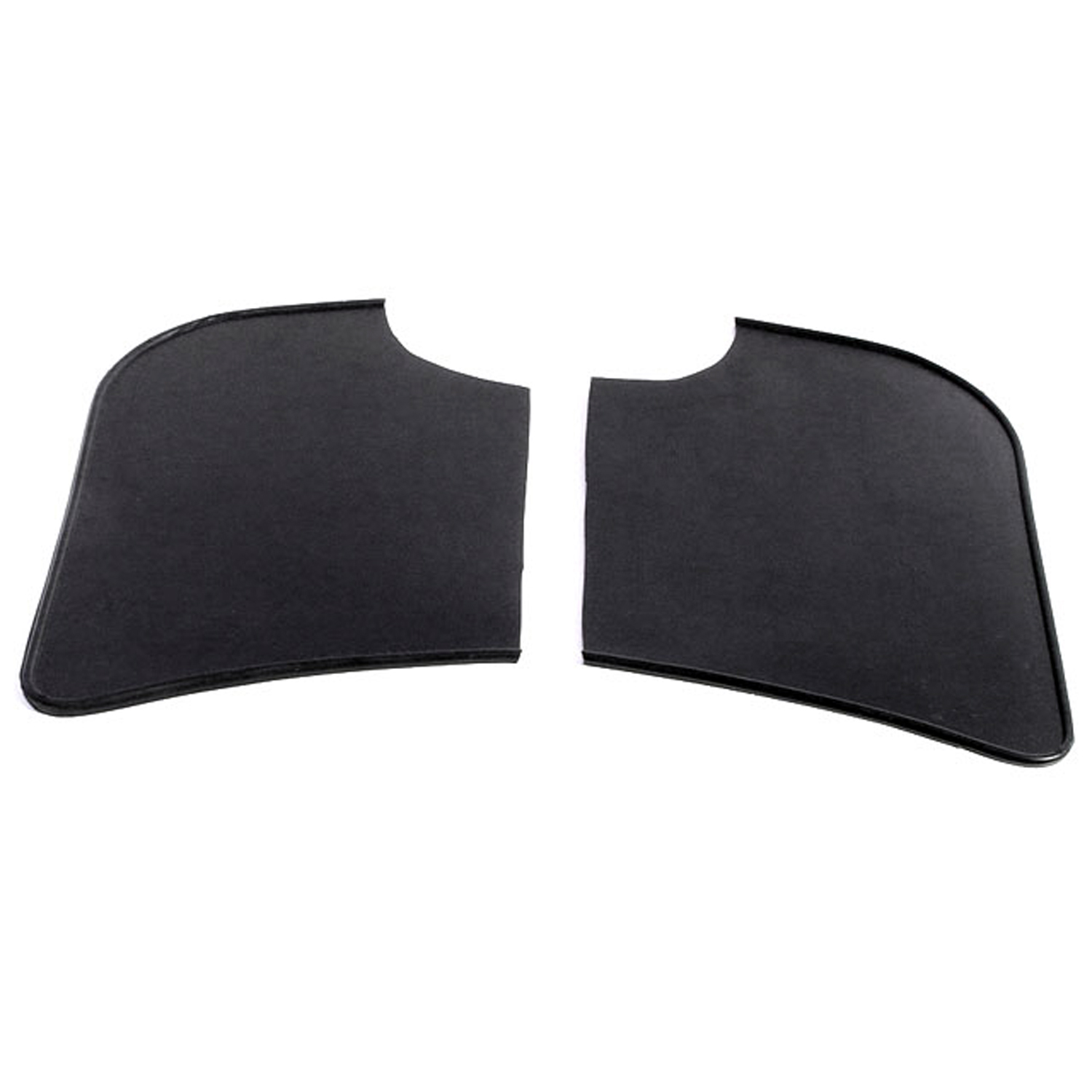 1961 Volkswagen Beetle Gravel Shields. Molded flat without metal backing plates-FS 40Gravel Shields. Molded flat without metal backing plates. Apply with contact cement. 7-5/8" long X 5-5/8" wide at top. Pair
1961 Volkswagen Beetle Gravel Shields. Molded flat without metal backing plates-FS 40Gravel Shields. Molded flat without metal backing plates. Apply with contact cement. 7-5/8" long X 5-5/8" wide at top. Pair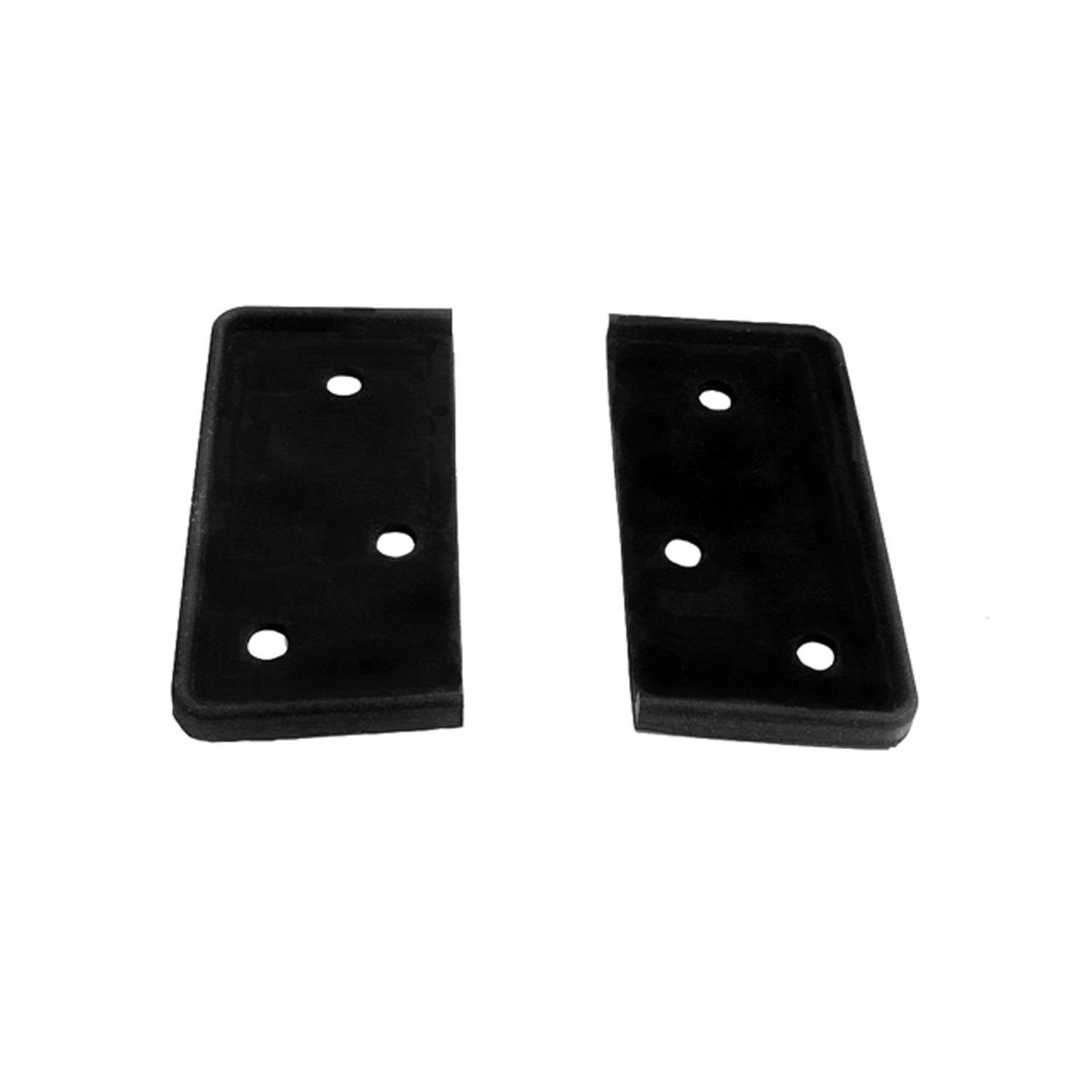 1961 Volkswagen Beetle Outside Quarter Window Seal (facing base)-MP 1501Outside Quarter Window Seal (facing base). 2-1/2" wide X 1-1/4" long. Pair R&L
1961 Volkswagen Beetle Outside Quarter Window Seal (facing base)-MP 1501Outside Quarter Window Seal (facing base). 2-1/2" wide X 1-1/4" long. Pair R&L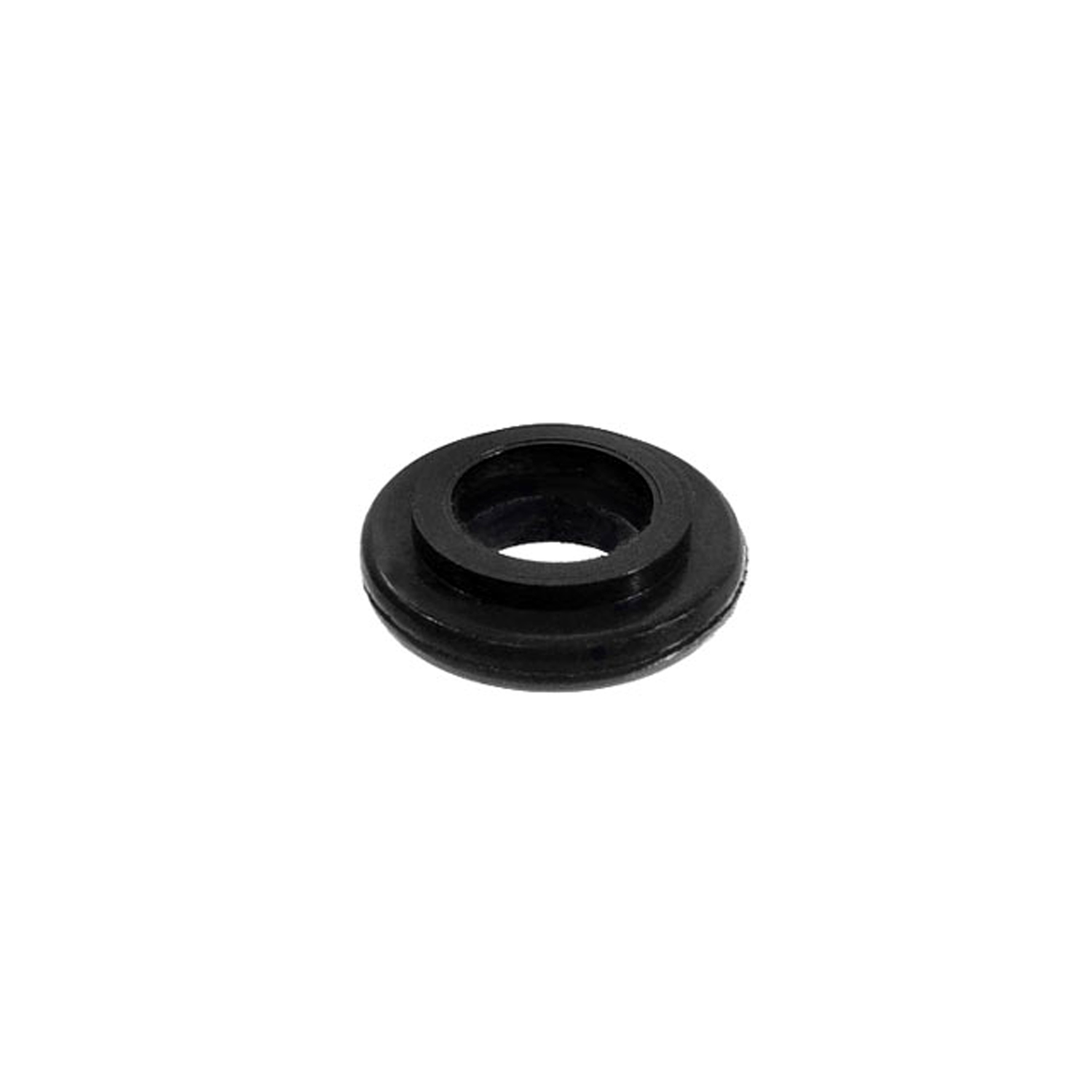 1961 Volkswagen Beetle Oil Cooler Seal. 7/16" I.D., 7/8" O.D. Each-RP 8-BOil Cooler Seal. 7/16" I.D., 7/8" O.D. Each
1961 Volkswagen Beetle Oil Cooler Seal. 7/16" I.D., 7/8" O.D. Each-RP 8-BOil Cooler Seal. 7/16" I.D., 7/8" O.D. Each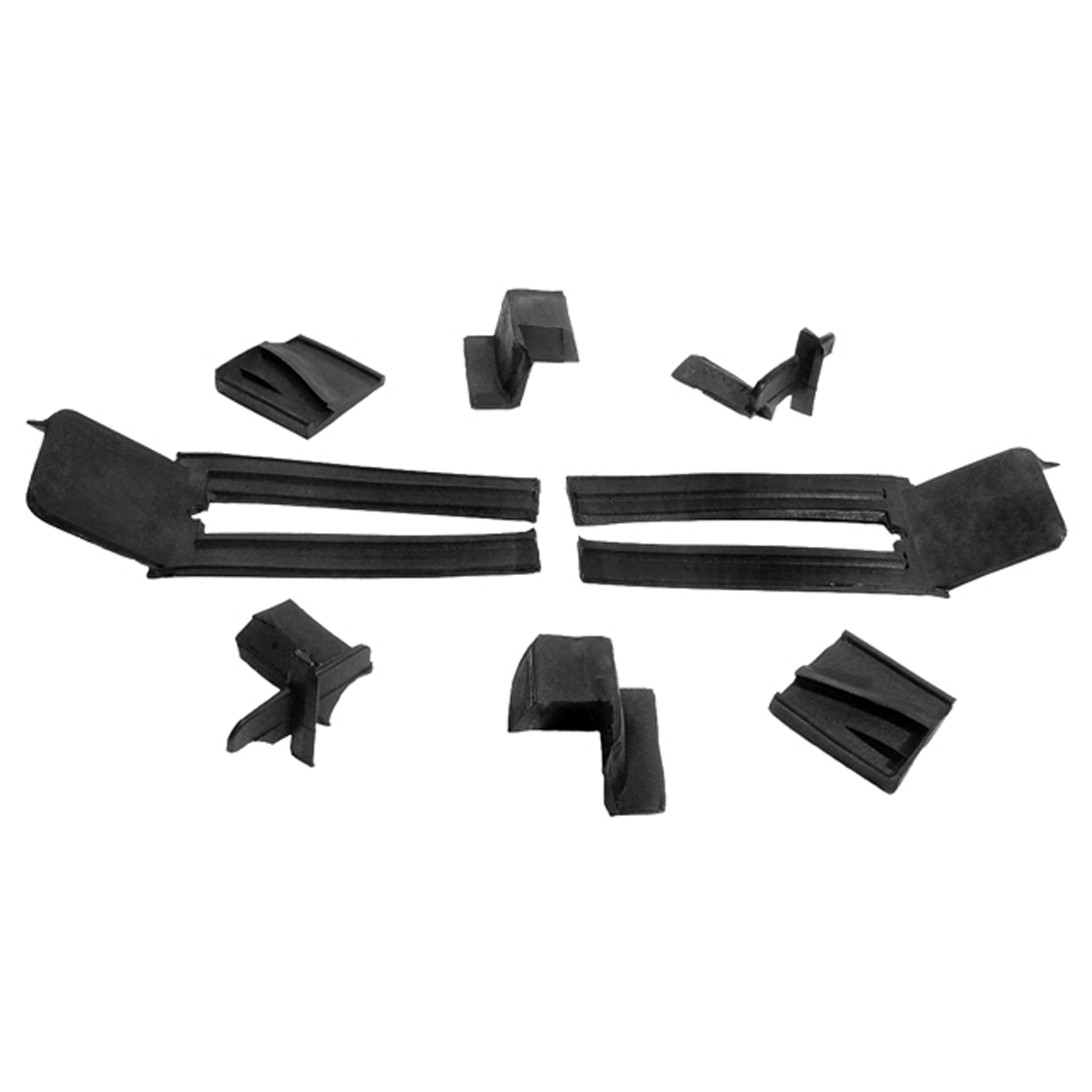 1961 Volkswagen Beetle Auxillary Window Seal Kit for Convertibles (ALP 10, ALP 10-A-WK 400Auxillary Window Seal Kit for Convertibles (ALP 10, ALP 10-A, ALP 10-B, ALP 10-C) 8-Piece Kit
1961 Volkswagen Beetle Auxillary Window Seal Kit for Convertibles (ALP 10, ALP 10-A-WK 400Auxillary Window Seal Kit for Convertibles (ALP 10, ALP 10-A, ALP 10-B, ALP 10-C) 8-Piece Kit 1961 Volkswagen Beetle Front Vent Window Seals, for Convertibles-WR 9800Front Vent Window Seals, for Convertibles. Molded in proper shape. Pair
1961 Volkswagen Beetle Front Vent Window Seals, for Convertibles-WR 9800Front Vent Window Seals, for Convertibles. Molded in proper shape. PairWhy Choose Metro?
For over 100 years, Metro Moulded Parts has been the pinnacle of quality in classic car restoration parts. Our commitment to precision and authenticity in every component ensures a perfect fit and an OEM-level appearance.
- Expert Craftsmanship & Quality: Each part is a testament to our dedication to reliability and perfection, crafted from original designs and thoroughly tested.
- Advanced Technology: We use cutting-edge techniques to create flawless, long-lasting parts that surpass others in performance.
- SuperSoft Sponge – The Ultimate Door Seal: Not only are our door seals 30% softer than competitors', but they're also guaranteed to never leak. They effectively reduce wind and road noise, enhancing your classic car's comfort and driving experience.
- Proudly American: Our parts are a product of American craftsmanship, made in the USA with a spirit of excellence and heritage.
- Unrivaled Warranty: We back our products with a 30-year industry-leading warranty, a testament to our confidence in their quality.
Join us in preserving the legacy of classic cars with parts that are crafted for perfection, not just made.

